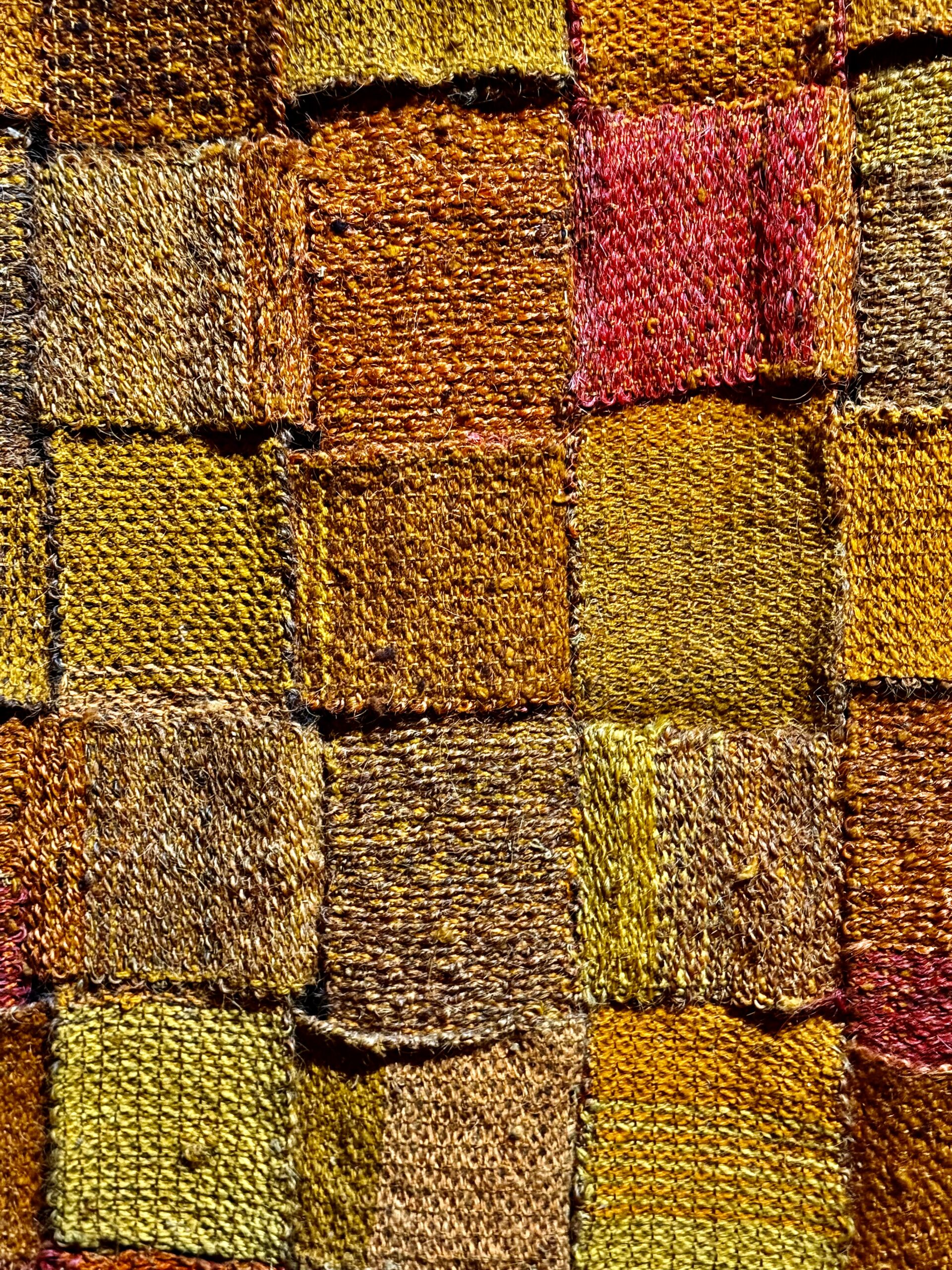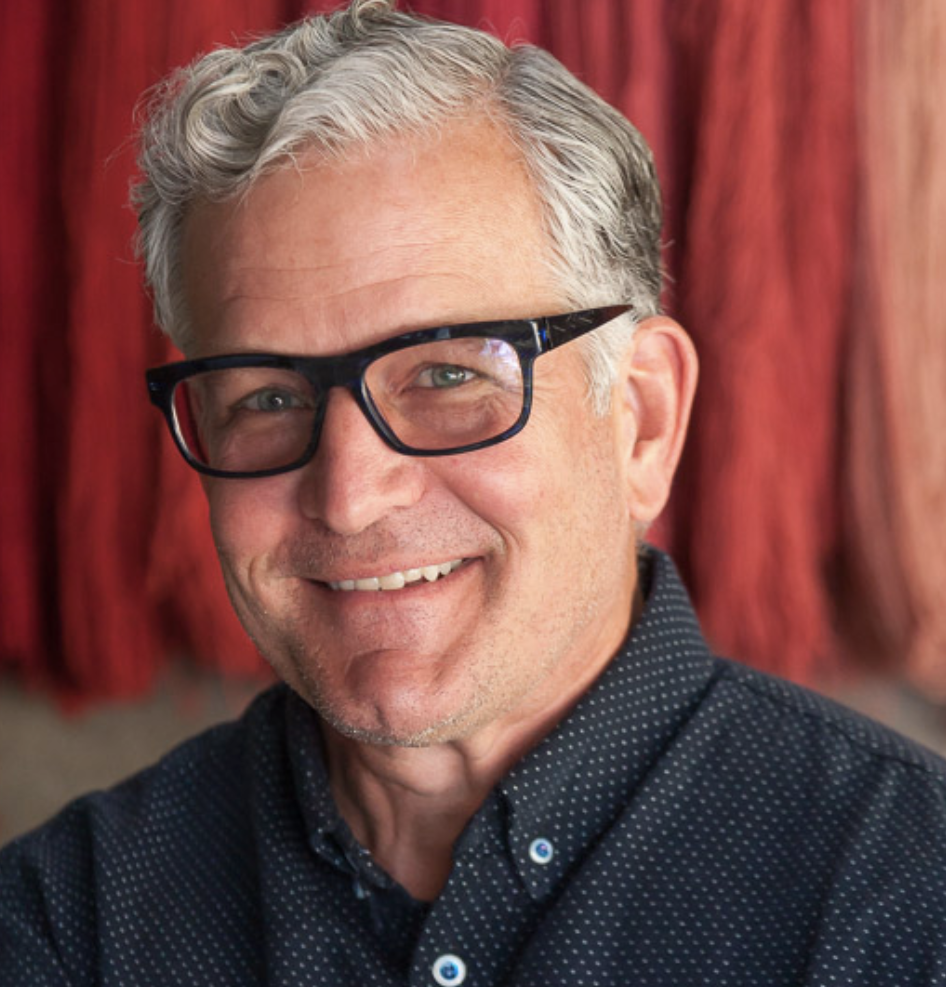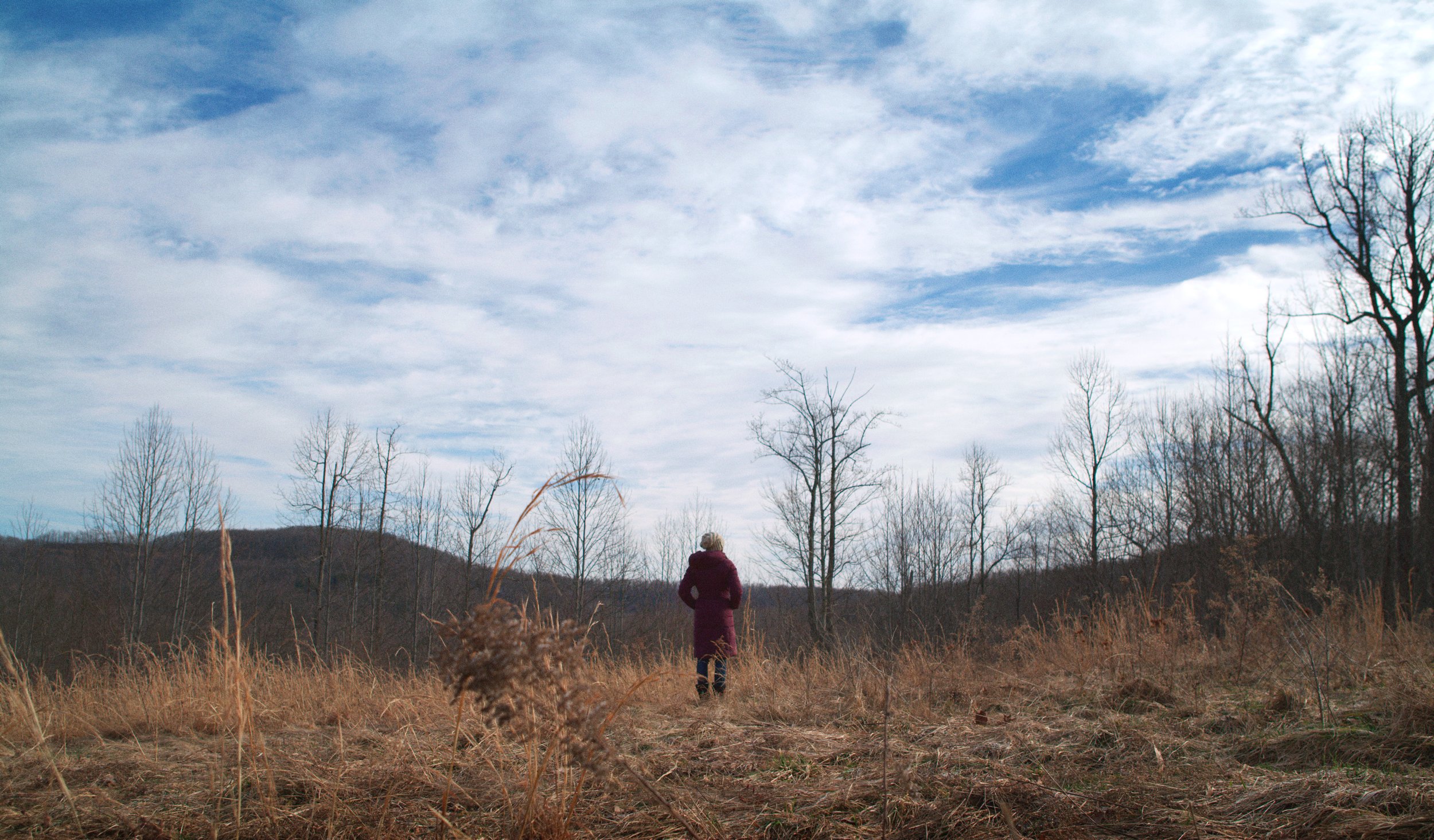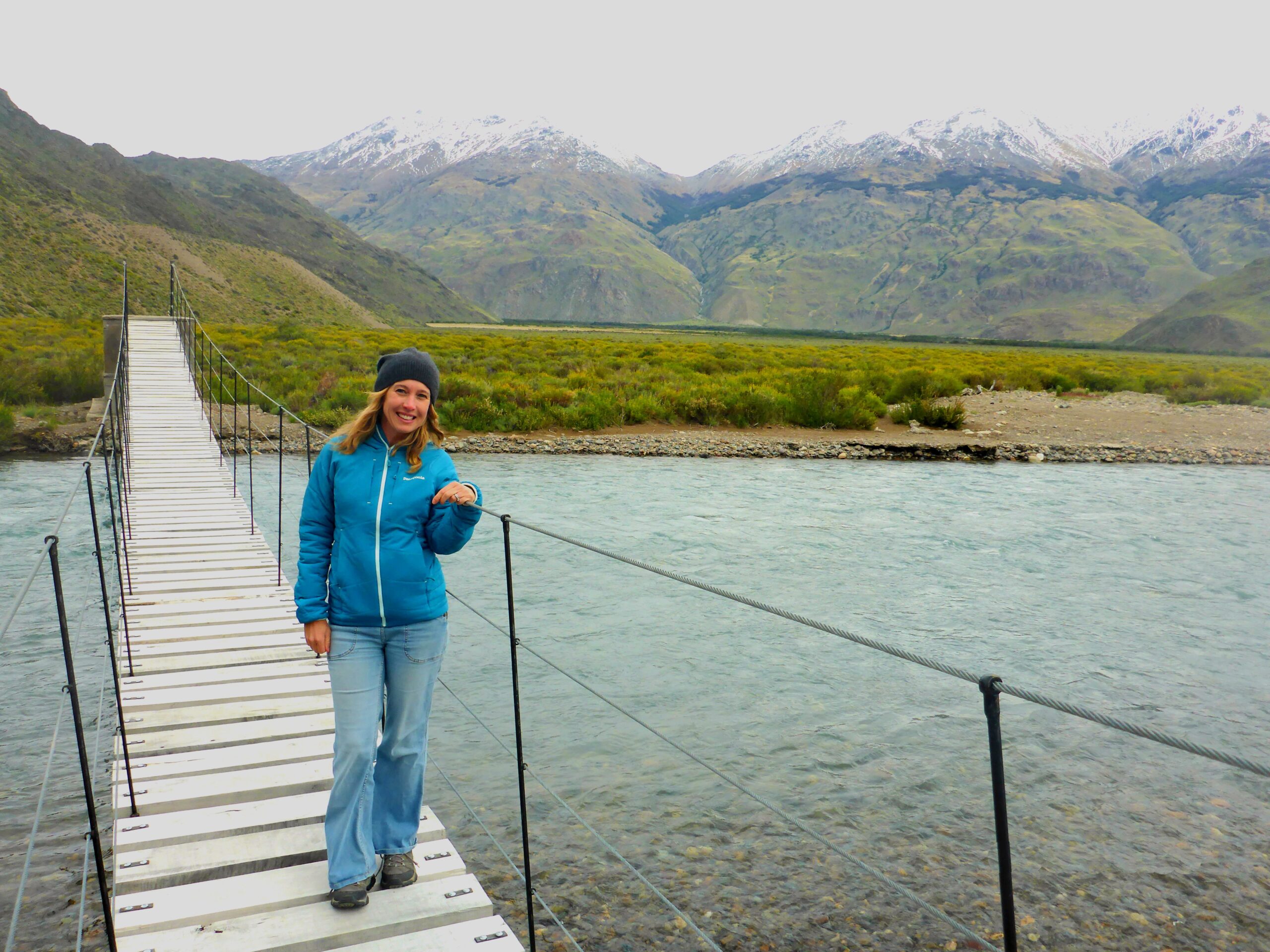Keith Recker has lived a life and career grounded in beauty and community. From his childhood love of textiles and his commitment to highlighting textile artisans worldwide, to an appreciation of food that led him to own and operate TABLE Magazine, to his immersion in the history and power of color as expressed through three influential books on the topic, Keith shows how personal values and work come together to meaningfully influence culture. He aligns his values and work in participation with the creative current of life and here he shares valuable advice with anyone seeking to lead an integrated life—flourishing professionally, living sustainably and thriving creatively. To be inspired, read on!
1. Say “yes”
Over the years you’ve become your own lifestyle brand: the art, the food, the culture, the expertise in color and textiles. As you pursued each of these passions and professional interests, you also began to expertly craft your own story and define your personal brand. How do you feel all of this came together?
I guess I’m supposed to be able to say that I had a plan, but I never had a plan. I just kept saying “yes” to things that seemed interesting. I’m happiest when I’m learning, so I said “yes” to opportunities where I thought “I would love to know more about that.” Sometimes the challenges that I thought I was saying yes to actually ended up being no fun—but even those proved to be valuable lessons. That being said, storytelling feels natural. I’ve always been a voracious reader. So with all of the stories and all of the language stored in my head, it’s inevitable that it comes out in storyform. That’s the unifying factor in my unplanned-plan, I guess.
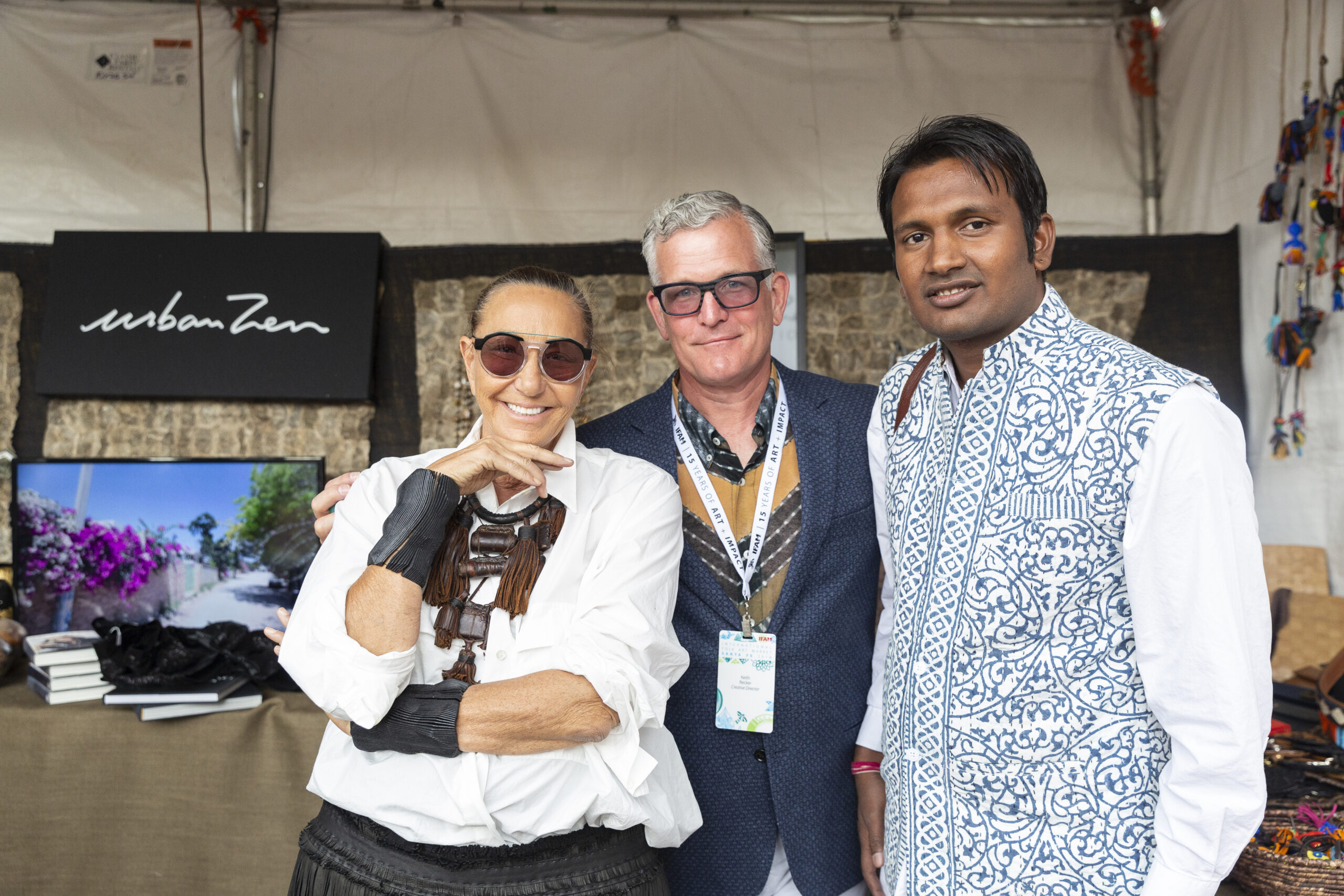
2. Be tired, it’s good for you
Was it ever obvious to you that saying yes to new opportunities would drive you down a path of professional fulfillment?
It was not. I think back to myself as a very young person, and if that had been my priority, I likely would not have said yes to everything. But now I recognize that there is a time and place, in your 20’s and 30’s, that is the time to indulge—in a good way. Say yes. You may resent a few Saturday afternoon commitments that you wish you didn’t have to do, but you know what, just do them. This is your time to invest, to over-invest, in your future. You’ve got the energy to recover from being tired, so be tired. It’s good for you.
3. People before profits
Today you are the owner and managing editor of TABLE Magazine, which, in the magazine’s own words, is a platform and forum for exploring the most progressive, creative, curious, unexpected and culturally rich topics. We’d love to hear about the “yes” that pivoted you from color and textile expert, author and retail executive to your latest challenge in the rich world of media and lifestyle.
When we moved to Pittsburgh a little over ten years ago, it was a parenting decision that drove us. Neither my partner nor I had any visions of what our careers were going to be like; we just knew we wanted to be better parents and saw the opportunity to provide our daughter with the kind of education she needed. The editors at TABLE had heard about my color expertise and invited me to write some articles. One thing led to another, and one winter evening I found myself at dinner with the previous owner, the editor, and a man I’d never met. The owner and editor said, “One of us needs to move and one of us needs to sell. And we think you two are the right people to take this magazine.”
It took us several months to figure out if we agreed with them and what the terms would be. In the end, it was none of the big things that made the decision for me—it was the small things, like how my now business partner (Justin Matase) declared, “I can’t make this move any sooner than six months, because I have to give my team a chance to catch up with this news and help them be successful without me.” And in that moment I recognized someone who, like me, was guided first and foremost by his commitment to the people he loved and cared for.
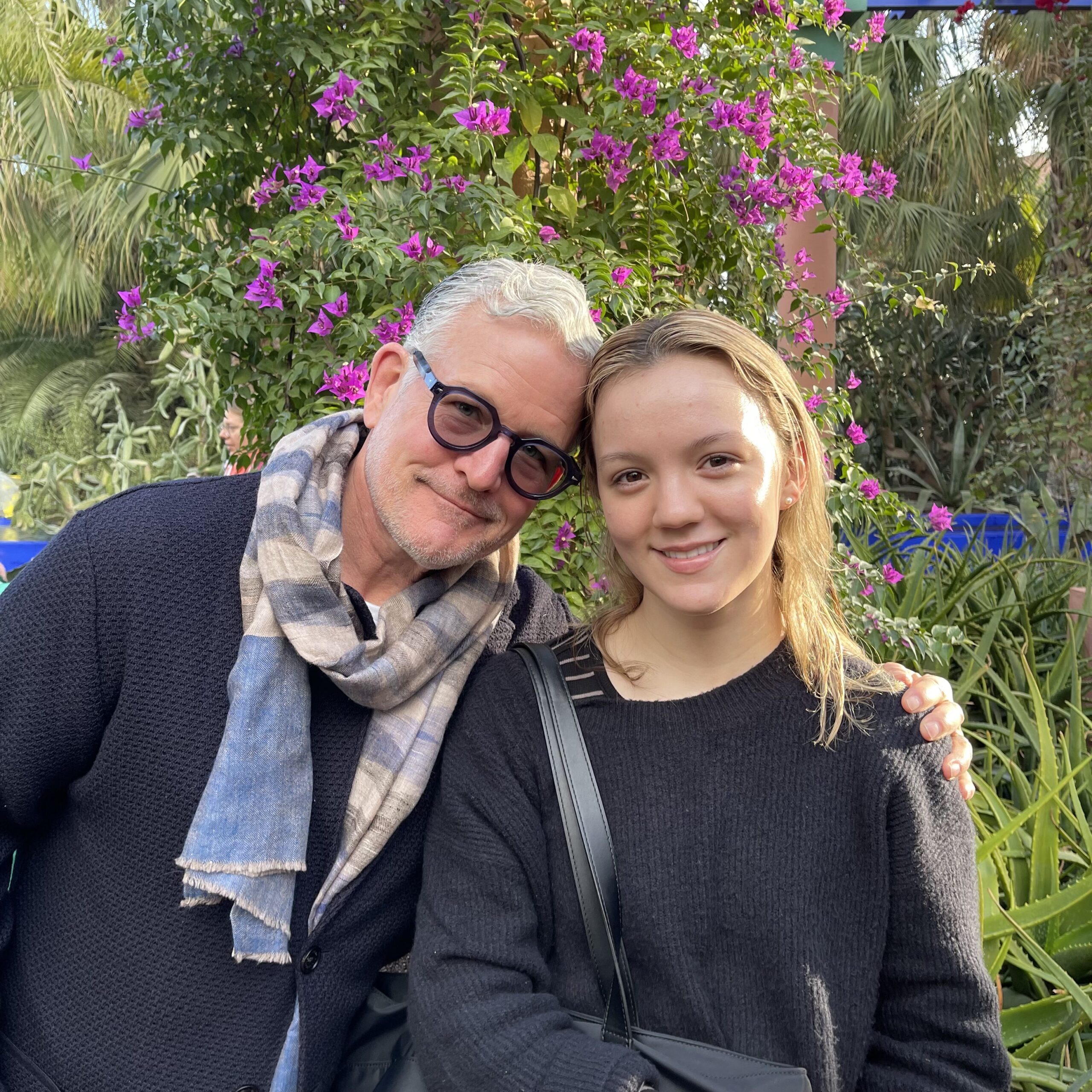
4. Nobody really wants perfection
It seems you’re always telling stories—whether stories about how colors and design come together, stories told around a table beautifully set with food and wine, or stories about artisans and their time-tested techniques. Is there a specific way you approach this or is storytelling just innate to you?
I think the more deliberate I make it, the worse I am at it. It’s a question of giving myself time to immerse in background information and participate in any conversation I can about the topic at hand. Then the idea needs to marinate and, at the end of that process, a few good things generally come out. But it’s unpredictable. When you’re storytelling for work, you don’t always have as long as you might need, so I’m trying hard to eschew perfectionism. If I have thirty minutes to make something good, then I just do the best I can, and even without being perfect, the stories still almost always resonate. The job isn’t to make me happy. The job is to deliver. I was in a conversation with a luxury retailer I respect, and she said, “Nobody wants perfection. They want to feel good.” Perfectionism is an intellectual construct. Storytelling is emotional.
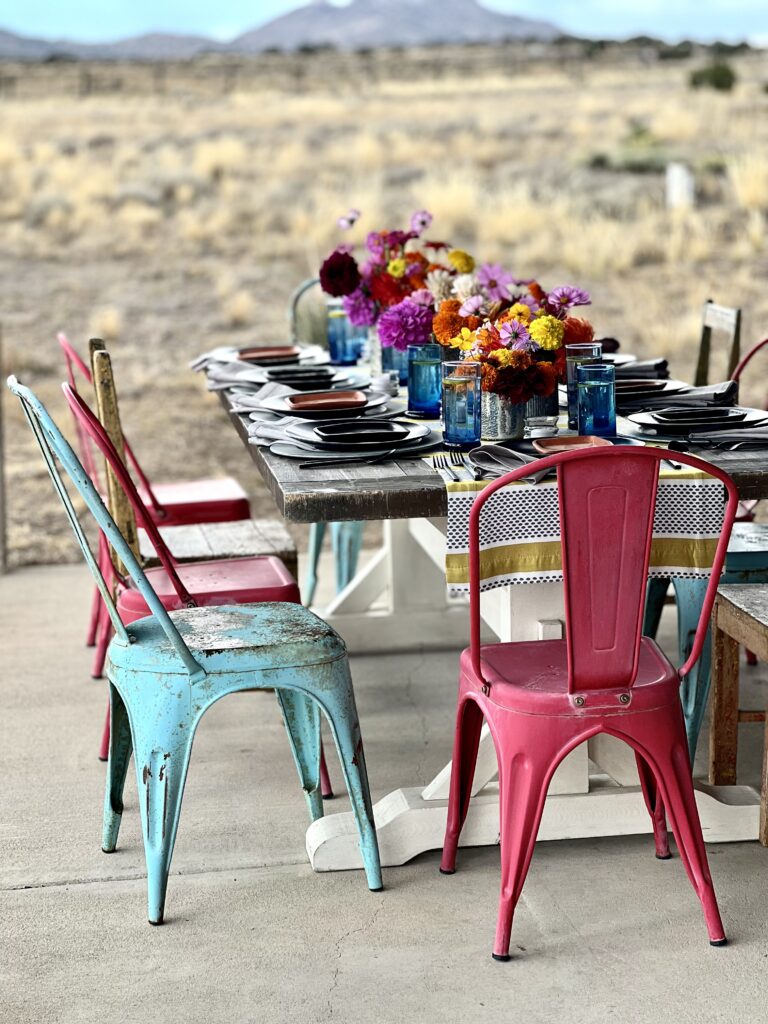
5. Learn the backstory of what you consume
We want to talk to you about your textile work also, because it seems like that is where you have supported this idea of a more natural, sustainable way of creating things. So tell us about the textile journey.
It starts with my aunt’s fascination with batik during the 1970s batik craze. Whenever she would visit us there would be hot plates and coffee cans full of wax and dyes. There was no illusion of perfection, there was only doing it. And so we had such fun with her. I realized over time that batik had a history. It wasn’t just a trendy craft. It originated in Java, and Indonesians elevated batik over the centuries as a high art form. It made me start to think: there’s a backstory to everything.
Textiles attract me when they are about somebody doing the most amazing version of almost anything. There’s something tactile and something visual that I now recognize after 35 years of buying textiles throughout the world. If I go to wear a textile, I’m usually ironing it, and the steam of the iron brings back the smell of the campfire or the rice starch or something about that experience. So textiles function for me on all levels. There’s the narrative aspect to them: the biography of the fiber, the natural dye, the technique, the person, the moment in which that person is making this one thing—it’s just, wow.

6. The most sustainable item you can own is the one you already have
As someone who has this deep expertise in textiles, as well as relationships with textile artisans throughout the world, how do you think as a society we can move toward greater sustainability in the way we dress ourselves and our homes?
If you look at what the average consumer knows about textiles, what they know is that they buy them. And that’s it. There’s an opportunity to enrich our understanding of the fabrics and clothing we buy. I am passionate about engaging people in this narrative because having this understanding would slow us down to buy differently and to consume less.
Consider that 85% of the clothing we buy in the United States is in a landfill within a year. The price of a $20 or $10 t-shirt in no way reflects the environmental and human costs that have gone into that garment.
A lot of the reason that we buy inexpensive clothing is that we feel we can’t afford better. Yet regardless of one’s budget, once we better understand all that goes into the products we’re buying, it may enhance the value of the stuff we already have, in our minds. And younger people seem to be on the right path because we are seeing a renewed focus by the generation currently in their 20s and 30s on thrifting and repurposing. There’s a realization that the most sustainable garment you can buy has already been made.

